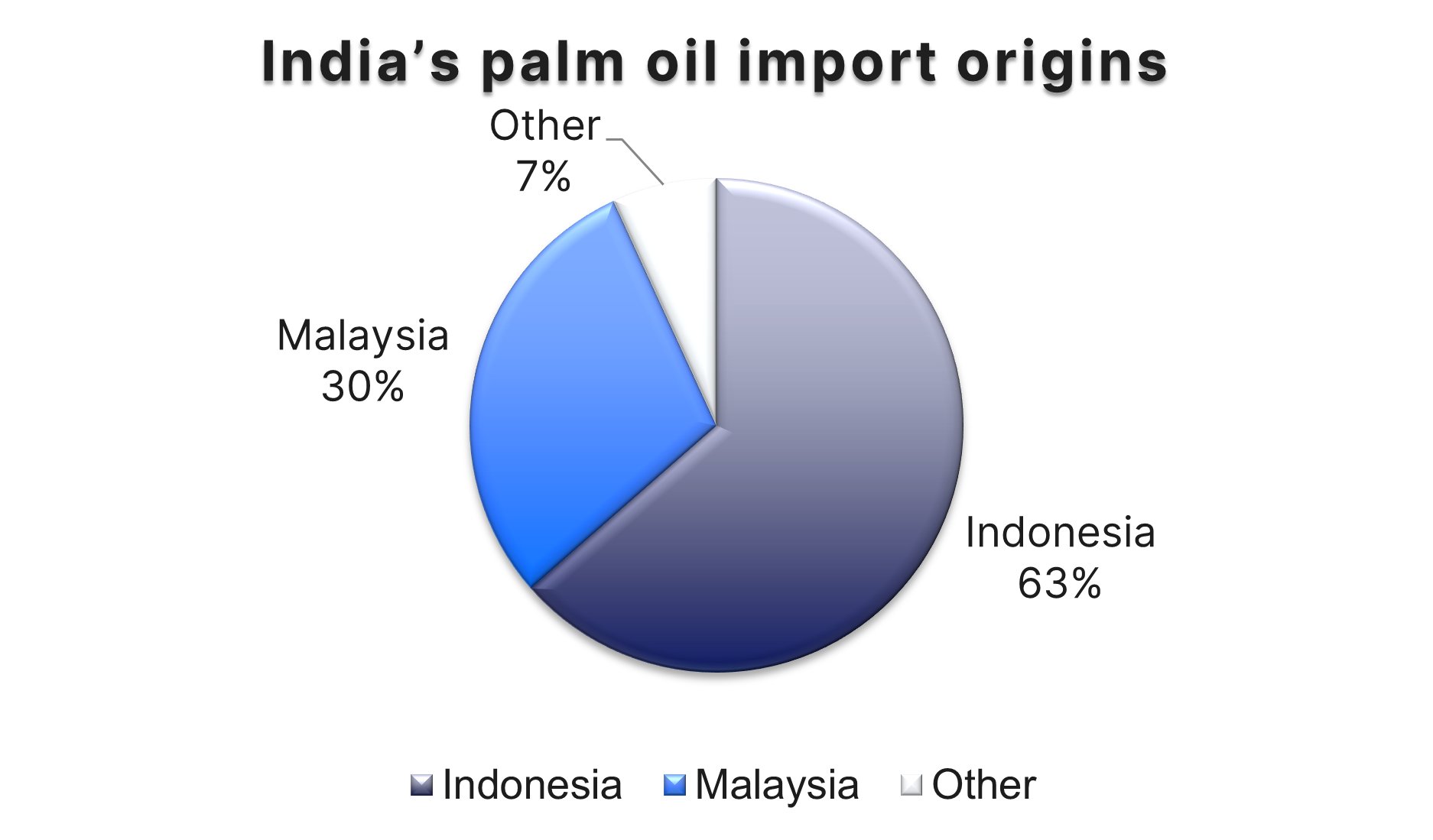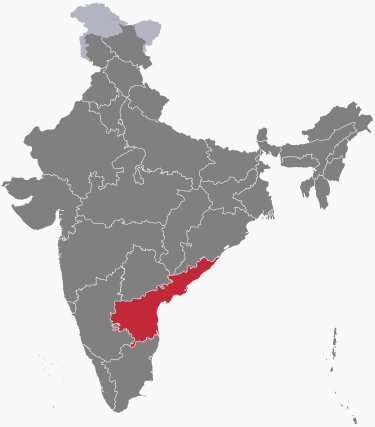India Lowers Palm Oil Import Duties Again Amid Production Expansion Plans

Import restrictions cleared for palm oil import
Palm oil is one of the most popular edible oils worldwide with global production estimated to reach 76.5 million MT in 2021, of which 58% is produced in Indonesia, and 26% in Malaysia.
In June 2021, import restrictions in India that were previously put in place to protect domestic edible oil suppliers, were removed for refined, bleached and deodorized palm oil (RBD) in a bid to contain price surges and counter food inflation. Between December 2020 and 24 December 2021, the price increased between 35-41% for various types of palm oil. Earlier in the 2021, YoY increases of up to 60% were observed, which prompted the Indian government to act.

Source: Solvent Extractors' Association of India
Weekly Comparative Rate as of 24th December 2021
The removal of import restrictions on palm oil were extended until the end of 2022 as officially announced on December 20th 2021, when customs duties were cut from 17.5% to 12.5%. Previously, in October 2021, the basic duty for crude palm oil had been cut from 10% to 0 %.
With this duty cut, net effective duty for RBD Palm olein and RBD Palm Oil comes down to 13.75% against 19.25 per cent earlier, whereas the effective duty or Crude Palm Oil is 8.25%, Also, the Indian government has put limits on stock and suspended the trade of futures contracts for one year to avoid excessive speculation. The recent cuts on duty are expected to drive demand towards refined palm oil, since the difference between the effective duties now sits at only 5.5% and makes the oil refined in Indian factories less competitive to foreign products.
Noteworthy is that the removal of import restrictions does not apply to products imported via the southern state Kerala, as the local government there has sanctioned against palm oil imports in the attempt to protect local coconut oil producers, Dr. B. V. Mehta tells.
Overview of India’s palm oil market
India is the world’s largest importer and hence their national policies have significant influence on the world markets. In 2020, India imported 7.2M MT of palm oil worth USD 5.1M and the total import quantity has grown nearly tenfold since the turn of the century. By 2021, the import has climbed to 8.32M MT. Among the imported edible oils, the share of palm oil grew back to a normal level of 63% in 2021 after having dropped to 55% in 2019-2020 following HoReCA closures related to Covid-19.
The domestic production in India totalled 200K MT in 2020/2021 (Oct-Nov) and this production level has been continuous over the past years. The domestic consumption of 9M T far exceeds the production and hence India relies heavily on imports, primarily from Indonesia and Malaysia.

Data source: Trademap
The palm oil imports between October 2020 and November 2021 have increased 14% from 7.4M MT to 8.4M MT and are expected to further increase in 2021/2022 as USDA forecasts that India will import 8.6M MT of palm oil during the coming market year. However, Dr. B.V Metha from Solvent Extractors' Association of India believes that the strong groundnut (peanut) harvest expected during the spring 2022 likely will lower the need for import of palm oil. He adds that sunflower and soybean oils are generally preferred by the Indian consumers.
In India, palm oil is especially popular among the HoReCa sector, as it is stable at higher temperatures, has longer shelf-life and is cheaper compared to other soft oils. Therefore the reopening of the sector in combination with the loosening of regulation and lowering of duties are part of the reasons for the expected increase in import. On the other hand, the northern parts of India typically favour other types of vegetable oils, especially during the winter months where low temperatures will crystallize or freeze the palm oil.
Import restrictions loosened amid launch of production expansion mission
India launched the National Mission on Edible Oils - Oil Palm (NMEO-OP) in 2021 spelling out new plans to expand palm oil production by 1.2M MT by 2026 and 2.8M MT by 2030. To begin with, this will be achieved by increasing acreage of oil palm crops from 300K HA to 950K HA before 2026 and with the hopes of achieving a higher degree of self-sufficiency in edible oils. The NMEO-OP will provide assistance for farmers for establishing and managing palm oil gardens and USD 1.48 billion has been allocated to the project. Also, the government will offer palm oil farmers a viability price for the crop to buffer producers from market fluctuations.
The state of Andhra Pradesh is currently accountable for more than 90% of the palm oil produced within the country but 2.8M ha across 22 states has been identified as being potentially suitable for oil palm cultivation in the NMEO-OP.

Previous attempts at expanding palm oil cultivation in India have not significantly yielded positive results and there are widespread concerns regarding the water usage needed for productive palm oil farming. Nevertheless, if successfully implemented, the NMEO-OP will see India become less dependent on the import of palm oil in coming years. On 28 December 2021, a business summit on NMEO-OP with the participation of government officials as well as farmers and processors from 9 states was held in Hyderabad to discuss the plan for the oil palm industry. Following the summit, Dr. B.V. Mehta remains hopeful that the NMEO-OP will be successful in India achieving the aim of higher self-sufficiency in edible oils.
Sources
The Economic Times:Govt removes import restrictions on refined palm oil till December
Sea of India:Oil Palm in North-East India – a recipe towards adoption of oil palm in a big way
China Dialogue:What would large-scale cultivation of oil palm mean for India?
India Today:How the centre plans to reduce India’s palm oil import dependence
SP Global:Indian palm oil imports up 15% in 2020-21, returns to pre-pandemic market share
Bloomberg Quint:National Mission On Edible Oils – Promising If It Remains Farmer Centric
Press Information Bureau: National Mission on Edible Oils




